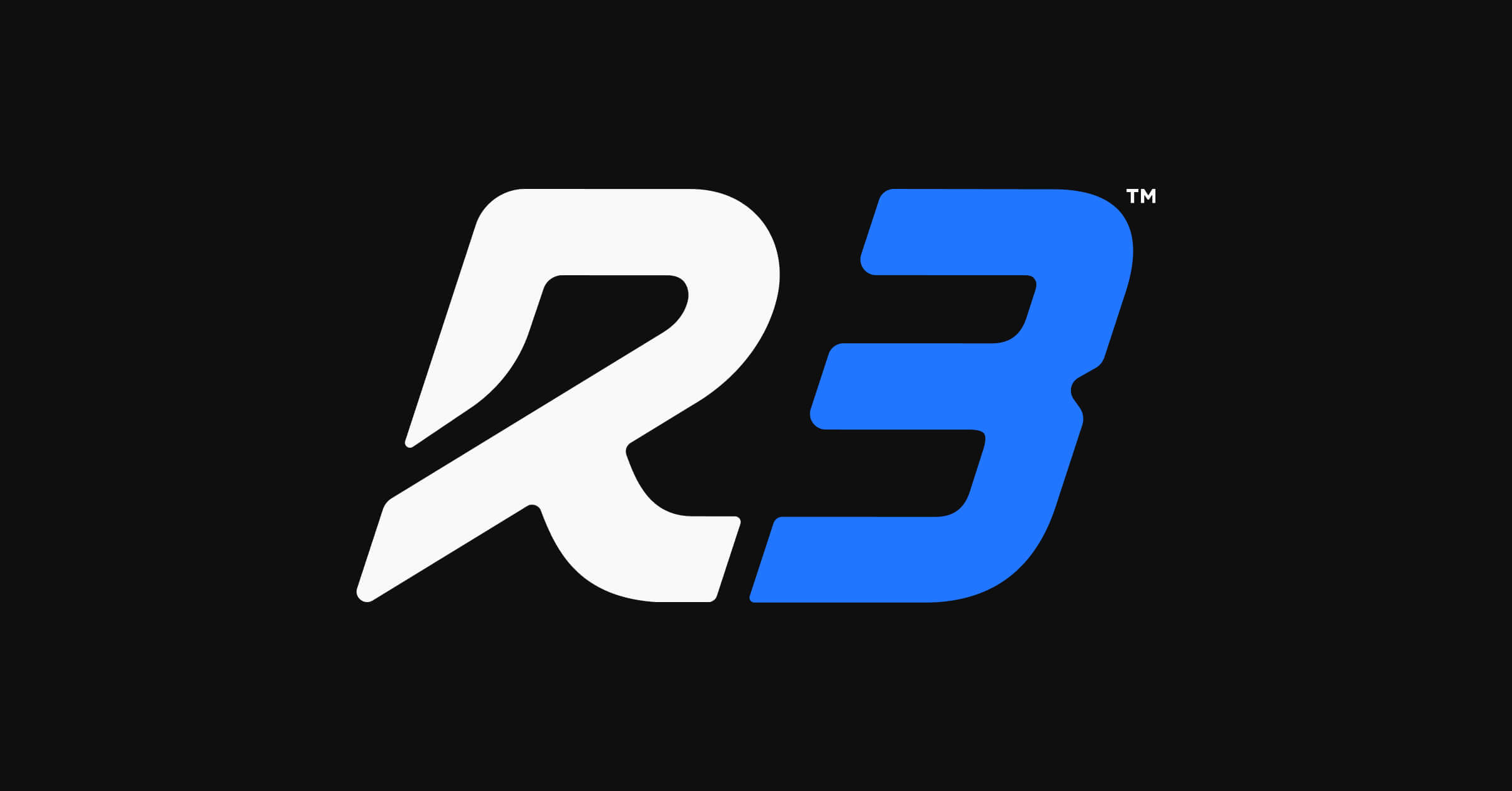In the modern cloud computing era, managing costs effectively has become a critical aspect of business strategy. As such, businesses are constantly seeking strategies to optimize their Microsoft Azure expenses without compromising on performance or capabilities. Script utilization is one such strategy that stands out for its efficiency and effectiveness. Scripting, in the context of Azure, refers to the use of automated scripts to manage resources within the cloud environment. These scripts can be programmed to perform various tasks such as monitoring resource usage, scaling resources up or down based on demand, and even shutting down unnecessary services. The automation and flexibility provided by scripting present a significant opportunity for businesses to optimize their Azure costs through the following.
Identifying Idle Azure Resources
One of the primary ways scripting helps in cost optimization is through the identification and management of idle resources. It’s not uncommon for businesses to have virtual machines, storage accounts, or other resources that are underutilized or completely unused. Such idle resources contribute to unnecessary costs. Automated scripts can be deployed to regularly scan the Azure environment, identify idle resources, and take predefined actions such as alerting administrators or automatically deallocating these resources. This proactive approach ensures that businesses only pay for what they truly need and use.
Optimizing Azure Component Costs
Another aspect where scripting plays a crucial role is in optimizing component costs. By automating the analysis of existing workloads and their components, scripts can identify areas where costs can be reduced (e.g., moving data to a more cost-effective storage tier based on access patterns, resizing virtual machines according to actual usage). This level of granular control and optimization is difficult, if not impossible, to achieve manually and at scale.

Download Azure Cost Management Guide
Download the complete guide to Azure Cost Optimizations and learn about tips, tricks, and tools that will help you monitor, manage, and save money in the cloud.
Strategic Pricing through Azure Storage Tiering
Storage costs can significantly impact overall Azure expenses. Scripting can be used to implement storage tiering strategies effectively. By analyzing data access frequencies and patterns, scripts can automate the movement of data between different storage tiers, ensuring that data is stored in the most cost-efficient manner. Whether it’s moving infrequently accessed data to cooler storage or archiving old data to the most economical storage options, scripting ensures that storage costs are optimized without manual intervention.
Aligning Azure Performance with Budget
The ultimate goal of any cost optimization strategy is to align business performance with the budget. Scripting in Azure enables businesses to dynamically adjust their resource utilization based on real-time demands, ensuring optimal performance without overshooting the budget. Through the automated scaling of resources, businesses can maintain high availability and performance during peak times and reduce resource consumption during off-peak hours, striking the perfect balance between cost and performance.
In conclusion, scripting utilization in Microsoft Azure represents a powerful strategy for businesses aiming to optimize their cloud costs. By automating the management of resources, identifying cost-saving opportunities, and aligning usage with business needs, businesses can achieve significant cost savings. As cloud environments continue to evolve, leveraging scripting and automation will be key to maintaining a competitive edge in cost management and operational efficiency.







